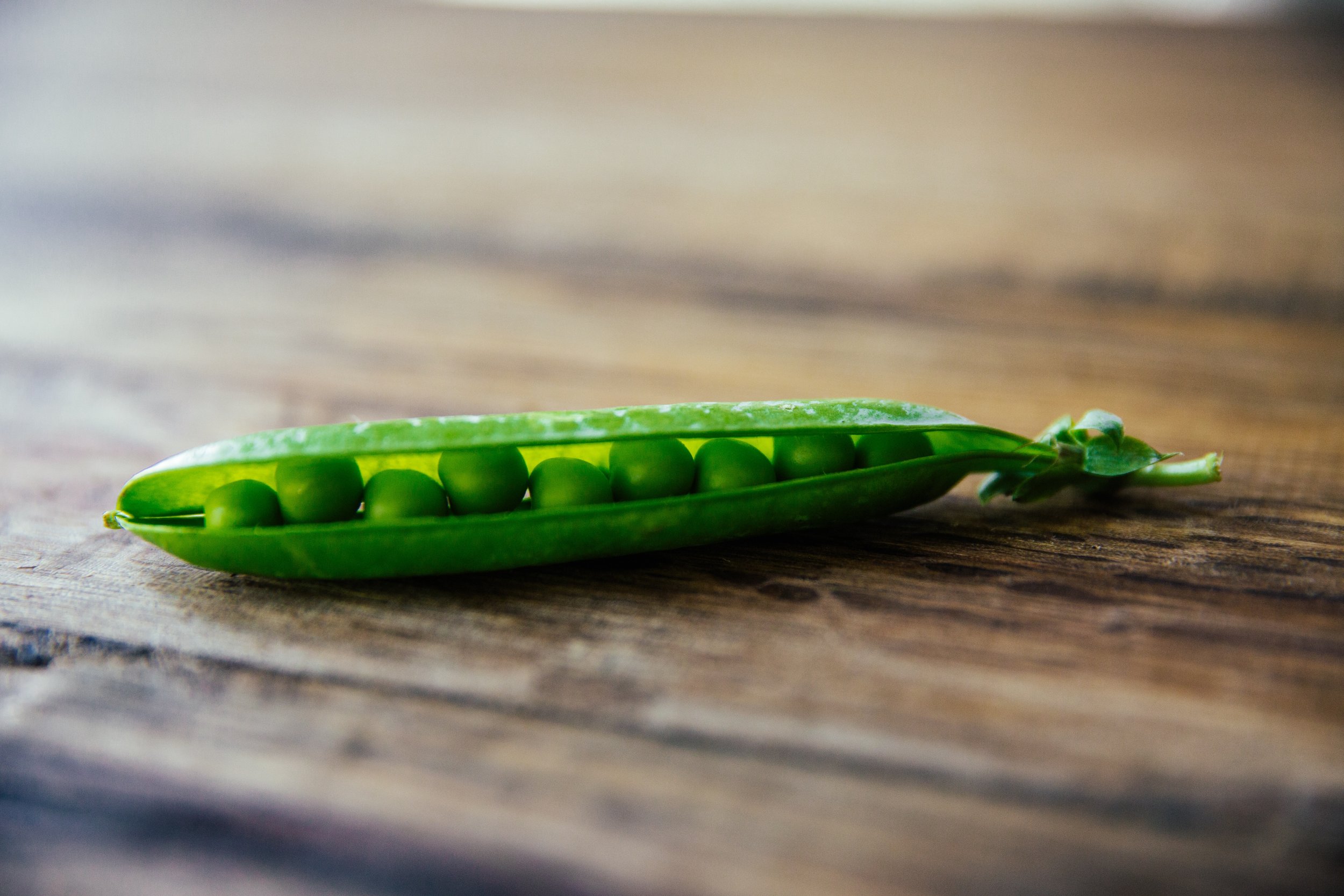Growing Peas in Containers Indoors
Image via pxHere - CC0 Public Domain
Imagine plucking sweet, crisp peas straight from vines growing in your own indoor garden. While peas are traditionally considered an outdoor crop, growing them in containers indoors is a rewarding and surprisingly feasible endeavor. Don’t let the chill of winter stop you. In this blog post, we'll explore the steps and considerations for successfully cultivating peas in containers, bringing a taste of the garden to your indoor living space during winter.
1. Choosing the Right Pea Variety:
Selecting the right pea variety is crucial for successful indoor cultivation. Opt for dwarf or bush varieties that are well-suited for confined spaces. Varieties like "Little Marvel" or "Tom Thumb" are excellent choices for container gardening.
2. Selecting the Right Container:
Choose containers that are at least 8-12 inches deep to accommodate the pea roots. Ensure that the containers have drainage holes to prevent waterlogging. Consider using lightweight and portable containers to make it easier to move them around if needed.
3. High-Quality Potting Mix:
Peas prefer well-draining soil rich in organic matter. Use a high-quality potting mix designed for vegetables or create a mix using equal parts of potting soil, perlite, and compost. This provides the ideal balance of nutrients and drainage.
4. Ideal Growing Conditions:
Peas thrive in cool temperatures, making them well-suited for indoor cultivation. Place the containers in a location that receives plenty of sunlight. If natural light is limited, supplement with a grow light to provide the necessary 12-16 hours of light per day.
5. Planting Peas:
Plant pea seeds directly into the containers, following the recommended spacing for the chosen variety. Ensure the seeds are planted at the proper depth, typically 1-2 inches below the soil surface. Water the soil thoroughly after planting.
6. Supporting Pea Plants:
Peas are vining plants that benefit from support as they grow. Install stakes or small trellises in the containers to provide support for the pea vines. This not only prevents the plants from sprawling but also allows for better air circulation.
7. Watering Routine:
Keep the soil consistently moist but not waterlogged. Water the containers when the top inch of soil feels dry. Avoid overwatering, as peas are susceptible to root rot in excessively wet conditions.
8. Fertilizing Peas:
Fertilize the pea plants every 2-3 weeks with a balanced, water-soluble fertilizer. Pay attention to the plant's growth and adjust the feeding schedule accordingly. Over-fertilization can lead to excessive foliage growth at the expense of pea pod development.
9. Pollination Assistance:
Peas are typically self-pollinating, but giving the plants a gentle shake can help ensure good pollination and fruit set. If you notice poor pod development, consider assisting with pollination using a small brush.
10. Harvesting Peas:
Harvest peas when the pods are plump and the peas inside are fully formed. Regular harvesting promotes continued pod production. Use clean scissors or garden shears to avoid damaging the delicate plants.
Growing peas in containers indoors brings the joy of fresh, homegrown produce to even the smallest living spaces. By providing the right conditions, support, and care, you can cultivate a bountiful harvest of peas that not only adds a touch of greenery to your indoor space but also delights your taste buds with the sweetness of freshly picked peas. So, create a vertical garden oasis in your home, and enjoy the satisfaction of growing peas right at your fingertips! Happy gardening!

